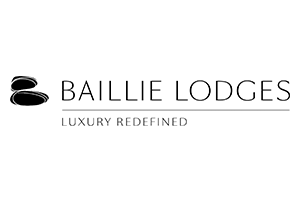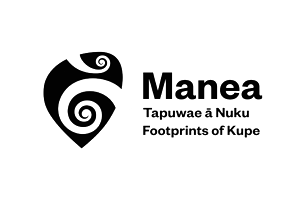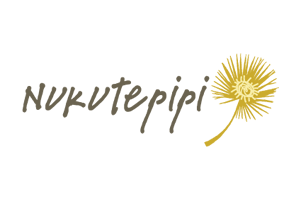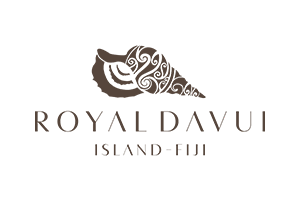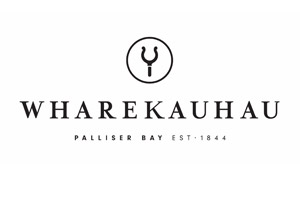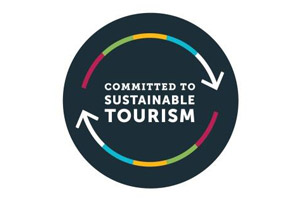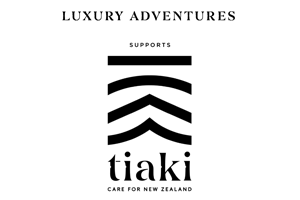Darwin
Darwin has a relaxed outdoor lifestyle and enjoys warm weather all year round. Perched on a peninsula with sea on three sides, Darwin is an excellent base to explore the natural attractions of World Heritage listed Kakadu National Park, Litchfield and Nitmiluk National Parks, the Tiwi Islands and Arnhem Land. Darwin was founded as Australia’s most northerly harbour port in 1869, and its population rapidly expanded after the discovery of gold at nearby Pine Creek in 1871. World War II put Darwin on the map as a major allied military base for troops fighting the Japanese in the Pacific. Today travellers can see evidence of Darwin’s World War II history at a variety of preserved sites including ammunition bunkers, airstrips and oil tunnels in and around the city.
Darwin again made world news when the city was rebuilt in the wake of Cyclone Tracy in 1974 – an event well documented at the Museum and Art Gallery of the Northern Territory. Its colourful history has contributed to Darwin’s cultural diversity – more than 50 nationalities make up its 100,000 population, including the area’s traditional landowners, the Larrakia Aboriginal people. The cultural and culinary benefits of such a melting pot are best experienced at Darwin’s weekly markets, variety of restaurants and through the annual calendar of festivals and other Darwin events. Darwin’s cultural heritage is a unique blend of ancient Aboriginal custom, European pioneering legacy, WWII history and fresh Asian influence. A visit to the eclectic collection at the Museum and Art Gallery of the Northern Territory, just 4 kms from the city centre is a great place to start your exploration of Darwin’s heritage.
Accommodation
Play Intro Video
Activities
Scenic Highlights
Kakadu National Park and Arnhem Land
These two areas comprise more than 110,000 square kilometres in the north-east corner of the Northern Territory. The landscapes of Kakadu and Arnhem Land are diverse and set the scene for outback adventure travel, aboriginal culture and nature activities. Kakadu National Park is the largest national park in Australia. It contains one of the highest concentrated areas of aboriginal rock art sites in the world; the most famous examples are at Nourlangie Rock and Ubirr.
Experience Aboriginal Culture
Hundreds of different languages, customs and laws woven together tell a story of Aboriginal culture that is more than 40,000 years old. Ancient Aboriginal art is well preserved across the Northern Territory.
Mt Borrodaile
Mt Borrodaile is a undisturbed wilderness area situated in the north-west corner of Arnhem Land. Its landscape incorporates a multitude of eco systems and wildlife and the Aboriginal people’s association with the land is constantly on display. Access is by light aircraft from Darwin, or from May to October, four-wheel-drive.
Any other questions?
Please get in touch here
Activities
- Darwin Crocodile Farm. A commercial crocodile farm where visitors are welcome at feeding time in the early afternoon. 40 Km south of Darwin on the Stuart Highway
- There is a path from the grassy area to the west of the Esplanade which leads down to Lameroo Beach. The beach is fairly stony, but there are the ruins of some sea water baths down here, although only foundations remain now.
- Howard Springs is 35 km east of Darwin and has a crocodile free swimming hole amongst the forests.
After the Japanese had bombed the oil tanks on the hills in Darwin several times during the Second World War, it was decided that it might be a good idea to put the tanks underground where they would be less vulnerable. Therefore tunnels were constructed and underground storage areas built. - This was all done by hand and the underground storage areas were ready just as the war finished, and so were never used. Recently one of these tunnels has been opened to the public. It contains a collection of photographs depicting Darwin during the war years.
- The George Brown Darwin Botanic Gardens are located 2km from the city centre. They have displays or orchids that thrive in the humid conditions as well as palms, mangroves and every species of baobab.
- There is also an informative visitors centre and Aboriginal plant trails.
- The Museum and Art Gallery of the Northern Territory covers many aspects of the regions art, natural sciences, history and culture. Good collections of Aboriginal Art including bark paintings from Arnhem Land. There is also a display on the dramatic effects Cyclone Tracy had on the city in 1974. Highlights are the impressive Maritime Gallery and Sweetheart, the 5m stuffed crocodile. A neon lit exhibit shows the history of natural life in Darwin.
- The museum is set in a tropical garden on Darwin Harbour.




